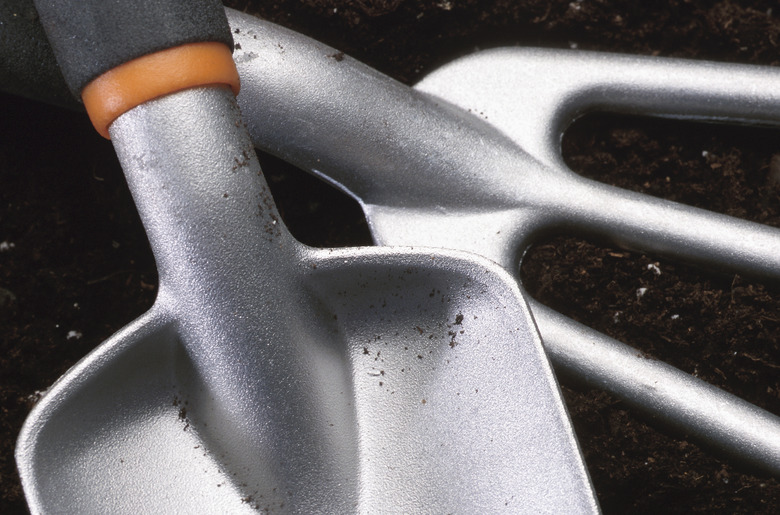When Do You Plant Naked Ladies?
Naked lady (Amaryllis belladonna) bulbs produce lilylike pink or red flowers in summer on top of 24- to 36-inch bare stems. The flowers overwinter in U.S. Department of Agriculture plant hardiness zones 9 through 11, and with mulch can survive in USDA zones 6 through 8 as well. If you give them a good start, they require little care throughout their lives.
Planting Options
Step 1
You can grow naked lady plants from either fresh seeds or bulbs. You can also divide the bulbs, although you must do so in fall when the plants are dormant or they will not respond well. Before planting bulbs, inspect them and get rid of any with mold or mushy spots.
Timing
Step 1
Well within this flower's hardiness zones, you can plant it year-round. In areas that receive frosts, where you need to mulch the plants, wait until early summer or during dormancy in fall to plant the bulbs. If you propagate the bulbs by dividing in fall, plant them immediately in their new spot.
- Naked lady (Amaryllis belladonna) bulbs produce lilylike pink or red flowers in summer on top of 24- to 36-inch bare stems.
- In areas that receive frosts, where you need to mulch the plants, wait until early summer or during dormancy in fall to plant the bulbs.
Site Selection
Step 1
Choose an area with rich, well-draining soil that has plenty of organic matter. The bulbs will not tolerate flooding, especially right after planting. Naked ladies flower best in full sun, but will also perform well with just afternoon sun. Don't plant these flowers in an area where children and pets play, as they are moderately poisonous and can cause nausea, vomiting and diarrhea.
Spacing
Step 1
Plant naked lady flower bulbs in clumps of three, with 6 inches between each bulb. Space multiple clumps 12 inches apart. Over the years, the mother bulbs will produce baby bulbs and spread. These flowers perform even better when crowded, so do not worry about dividing as maintenance. Place bulbs in holes with the base of the bulb about 5 inches deep and the tip right below soil level.
- Choose an area with rich, well-draining soil that has plenty of organic matter.
- These flowers perform even better when crowded, so do not worry about dividing as maintenance.
References
- North Carolina State University Cooperative Extension: Amaryllis Belladonna
- North Carolina State University Cooperative Extension: Amaryllis Belladonna
- San Francisco Botanical Garden: Amaryllis Belladonna
- Washington State University Clark County Extension: What do you Say to a Naked Lady
- California Poison Control System: Know Your Plants
